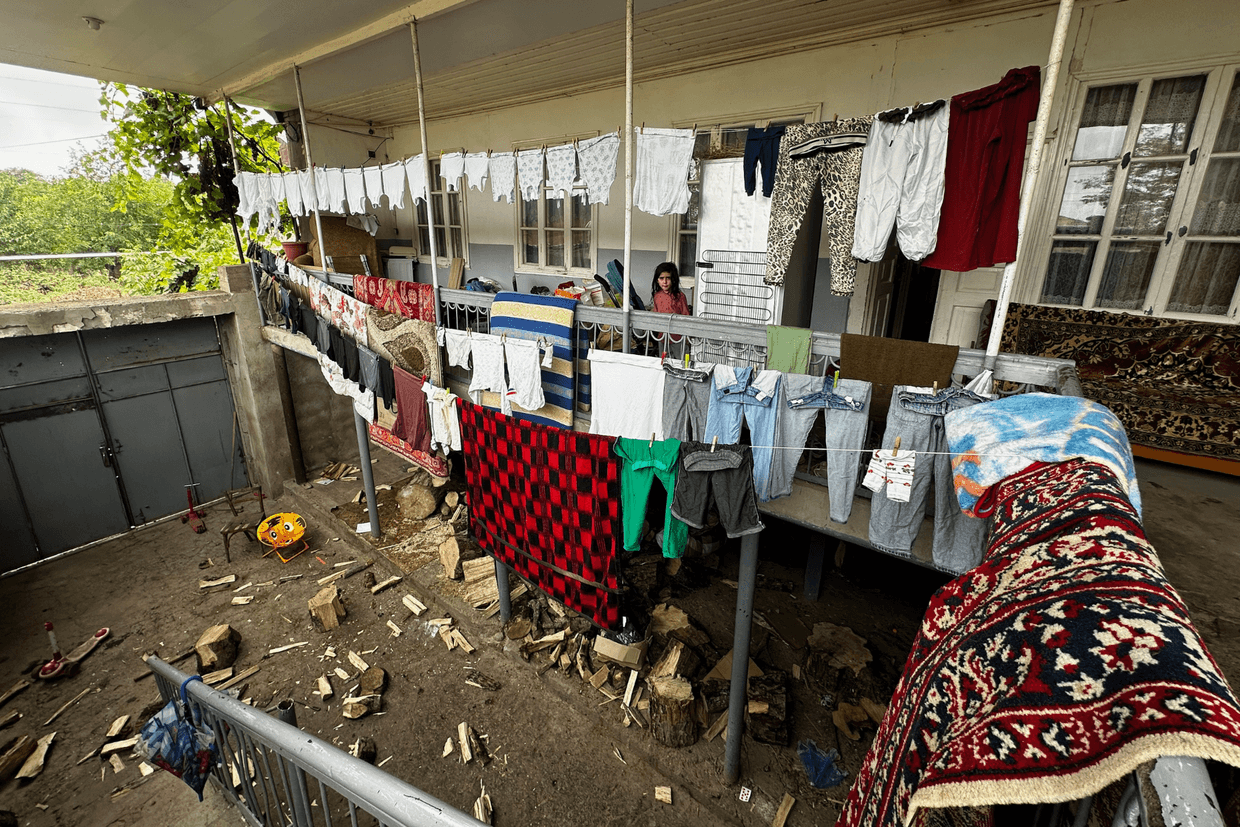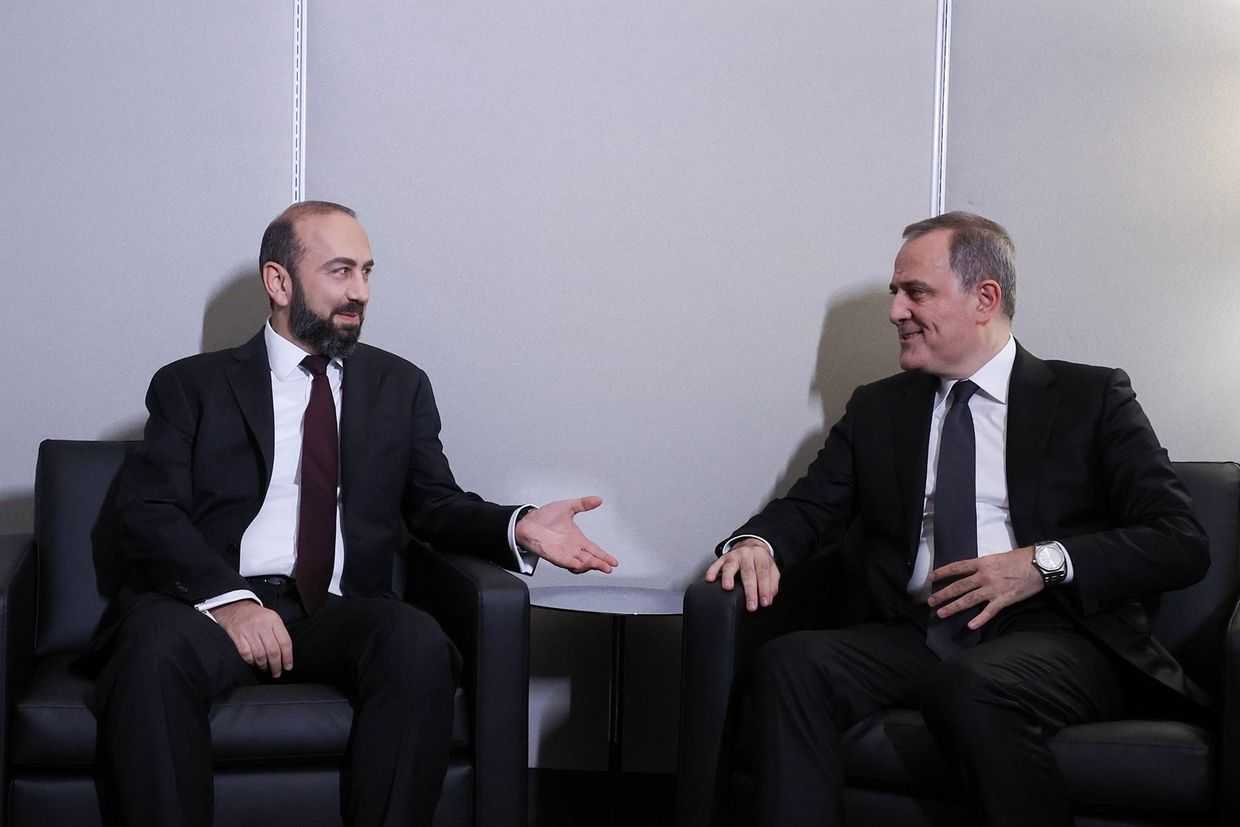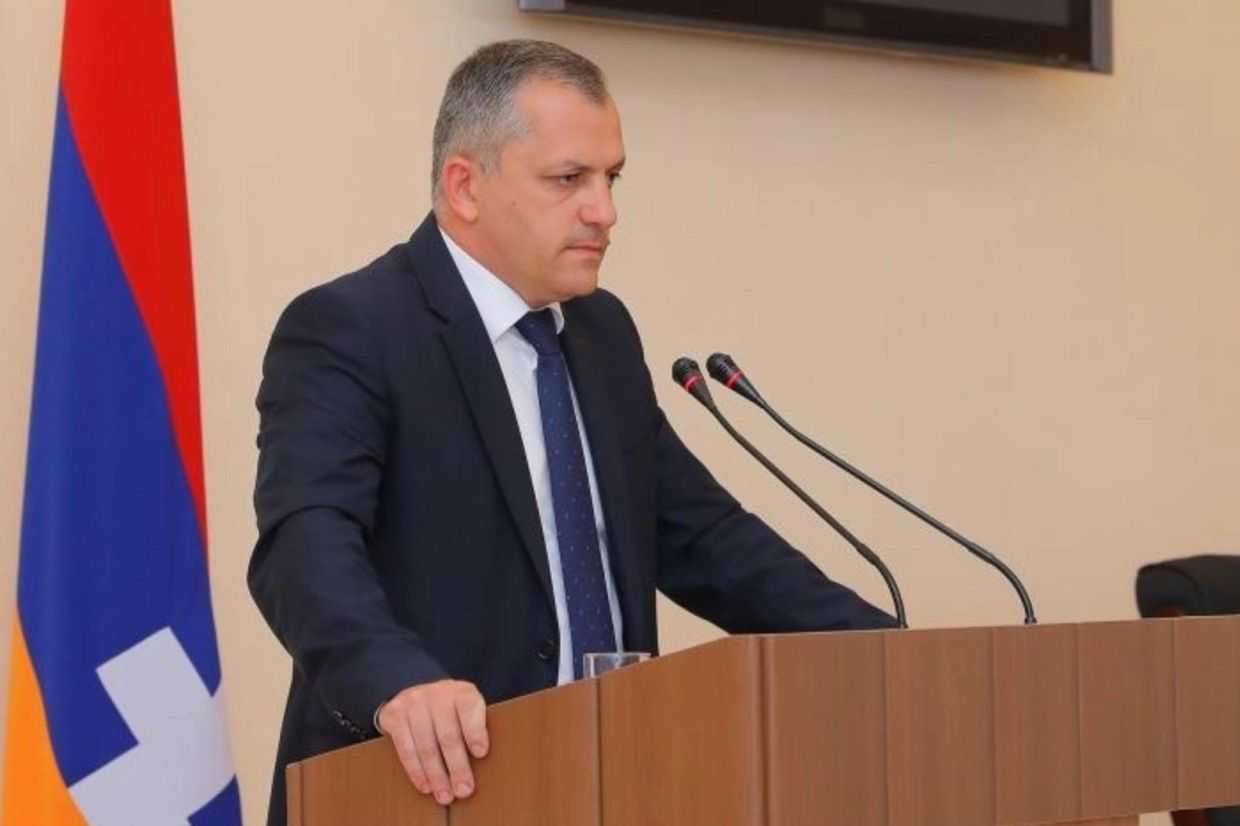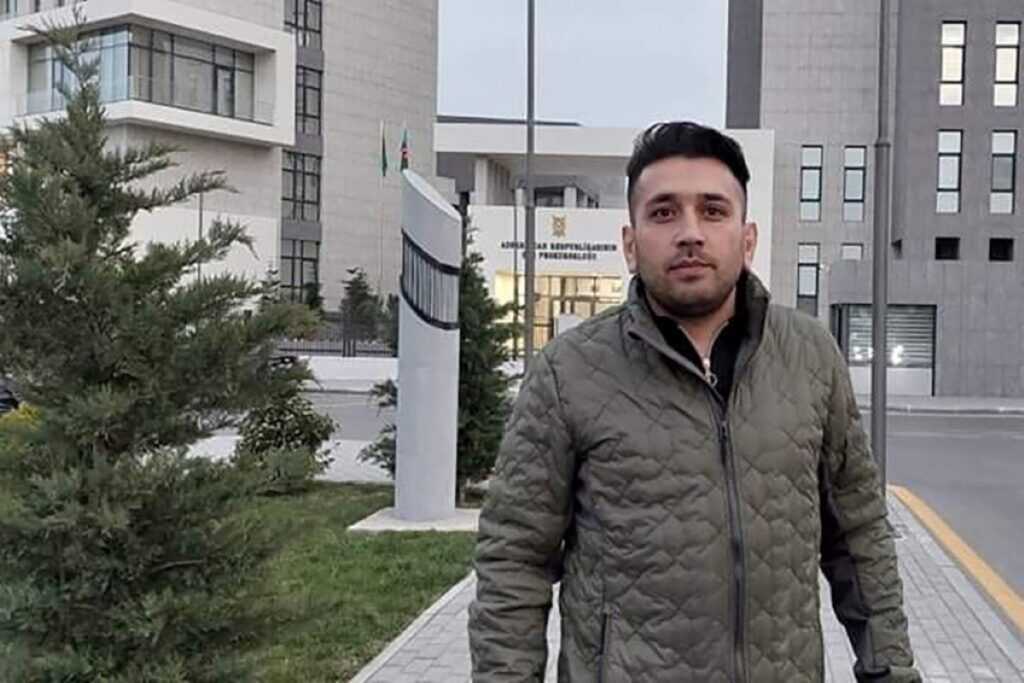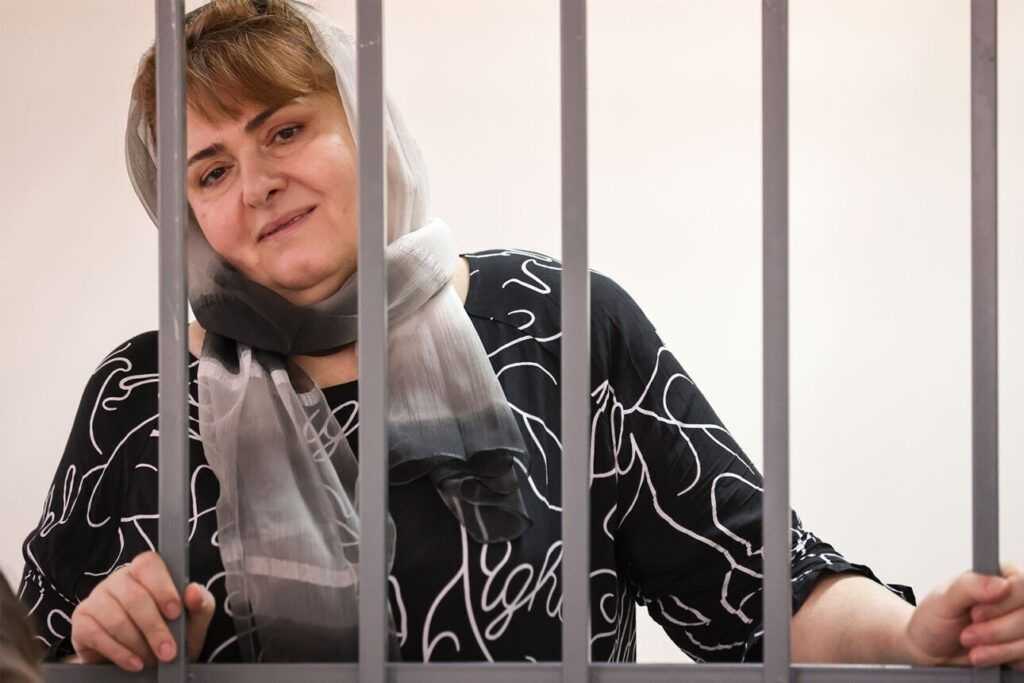Russia sends 140 tons of humanitarian aid to Nagorno-Karabakh Armenian refugees
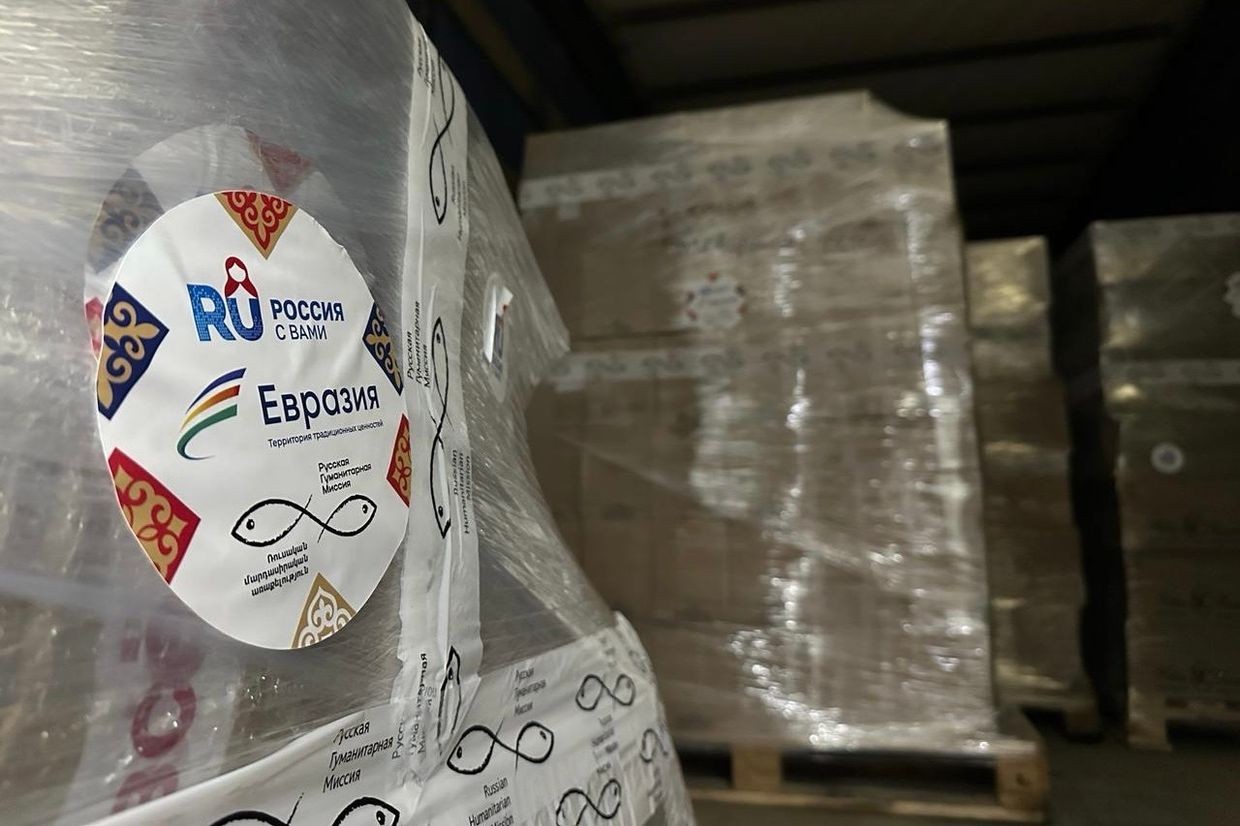
Russia has sent more than 140 tons of humanitarian aid to displaced Nagorno-Karabakh Armenians, which is intended to be provided to about 30,000 people.
The announcement of aid was made on Thursday at a press briefing held at the Russian state-run media outlet Sputnik’s press centre in Armenia. The aid is intended to be carried out within the framework of the ‘Russia is with you’ project implemented by Eurasia and Russian Humanitarian Mission civil society organisations, under the auspices of the Russian House (Rossotrudnichestvo).
The ‘main mission’ of the Russian House, according to their website, is ‘to strengthen Russia’s humanitarian influence in the world’, with countries of the Commonwealth of Independent States (CIS) being their priority area for their activities. As with other Russian government organisations, it was sanctioned by the EU after the full-scale invasion of Ukraine in 2022. It has also been accused of being a hub for espionage and other nefarious activities.
The aid package includes food and personal hygiene items, as well as additional kits for families with young children, which includes baby food and care products.
The primary target group are vulnerable people, such as families with many children, families that lost their breadwinners during the conflict, families with disabled people, and single elderly people.
The aid will be handed over starting from August from distribution points operating in various locations in Armenia and with the help of volunteers. The aid will be delivered to the houses of people in case they are unable to travel to the set distribution points.
Arseny Pronin, the head of the Russian Humanitarian Mission in Armenia, said during the briefing that his organisation had been involved in the humanitarian aid mission since 2020 — the year in when Armenia lost the Second Nagorno-Karabakh War, with a portion of the region remaining under Armenian control at that time, with the presence of Russian peacekeepers. The situation remained relatively static until September 2023, when Azerbaijan launched its last offensive. At that time, virtually the entire Armenian population fled the region within a week.

In turn, Alena Arshinova, a Russian MP and chair of the Council of Eurasia, noted that the aid was also provided with the cooperation of the Russian Foreign Ministry.
According to News.am, Arshinova said that similar humanitarian initiatives provide not only aid, but also build bridges of trust.
The news of the aid first appeared in late May, when Russian Foreign Ministry spokesperson Maria Zakharova announced in her press briefing on 27 May about ‘a major new humanitarian initiative’.
At the time, she also noted that the Russian Humanitarian Mission, after the displacement of Nagorno-Karabakh Armenians in October 2023, provided ‘six tonnes of food and personal hygiene items’ to the refugees.
The aid comes as Armenia and Russia continue to have disagreements regarding a number of issues, however the relations have shown signs of improvement in the recent months, which saw high level contacts and visits from both sides.
Previously, a freefall started as Armenia accused Russia and its Collective Security Treaty Organisation (CSTO) of inaction in the face of Azerbaijani attacks on Armenia in 2021 and 2022.
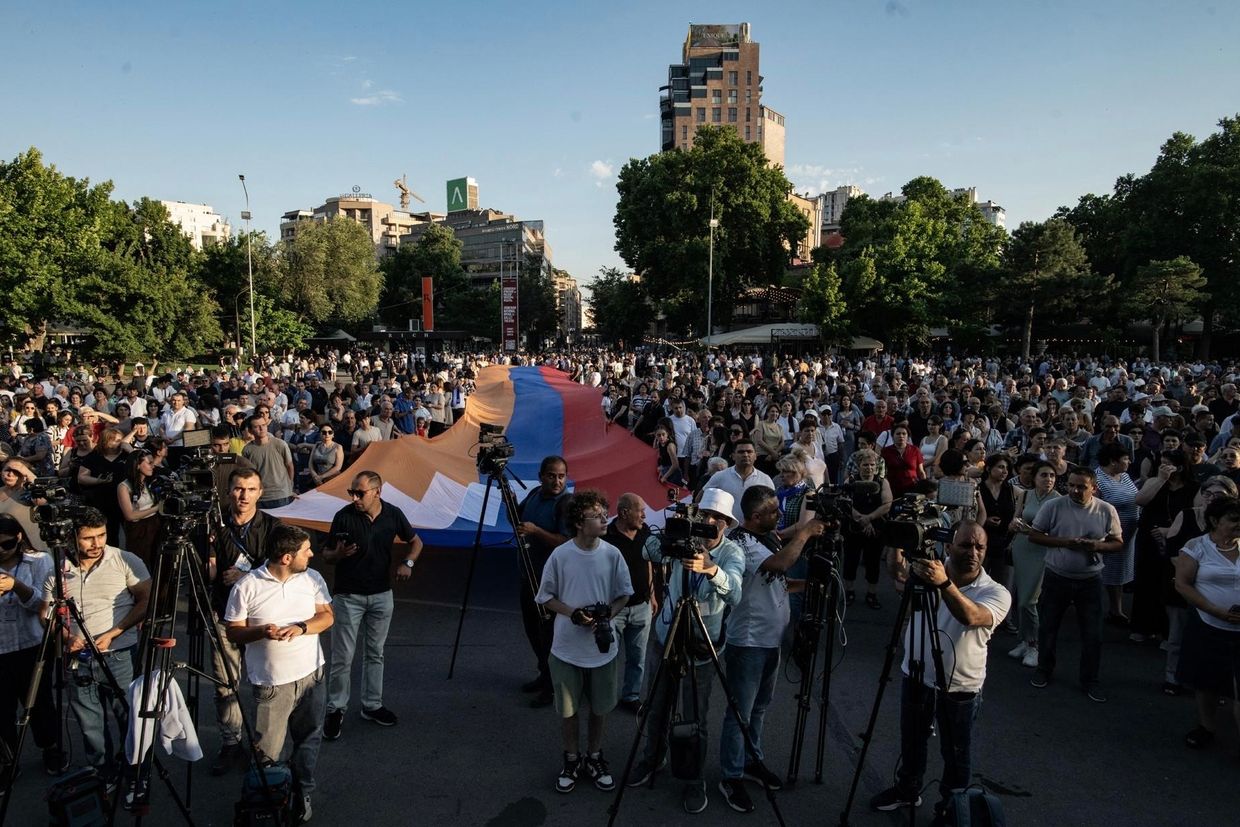
For ease of reading, we choose not to use qualifiers such as ‘de facto’, ‘unrecognised’, or ‘partially recognised’ when discussing institutions or political positions within Abkhazia, Nagorno-Karabakh, and South Ossetia. This does not imply a position on their status.


